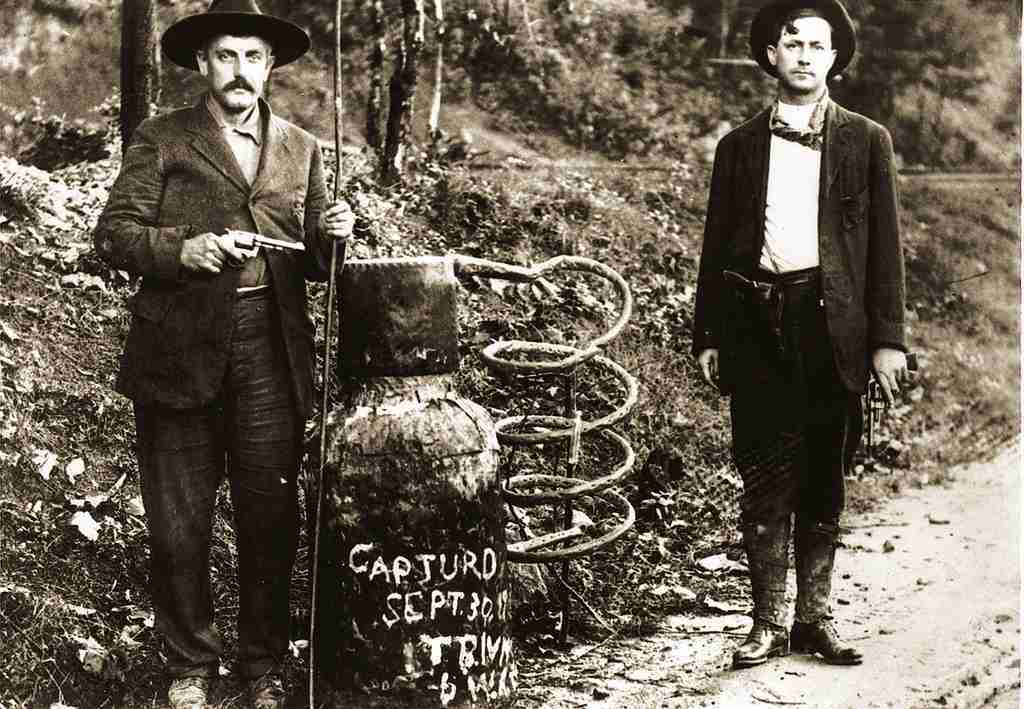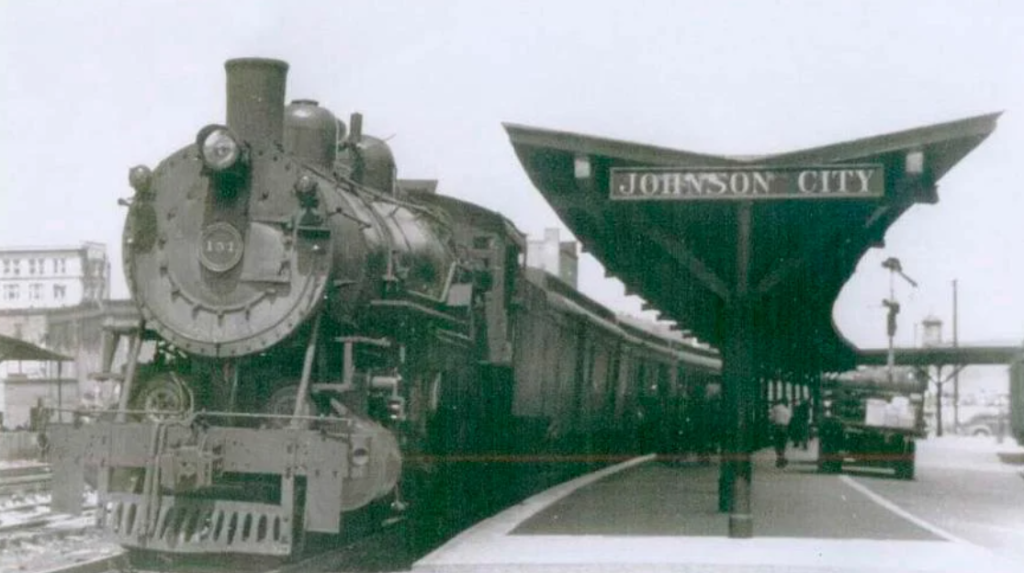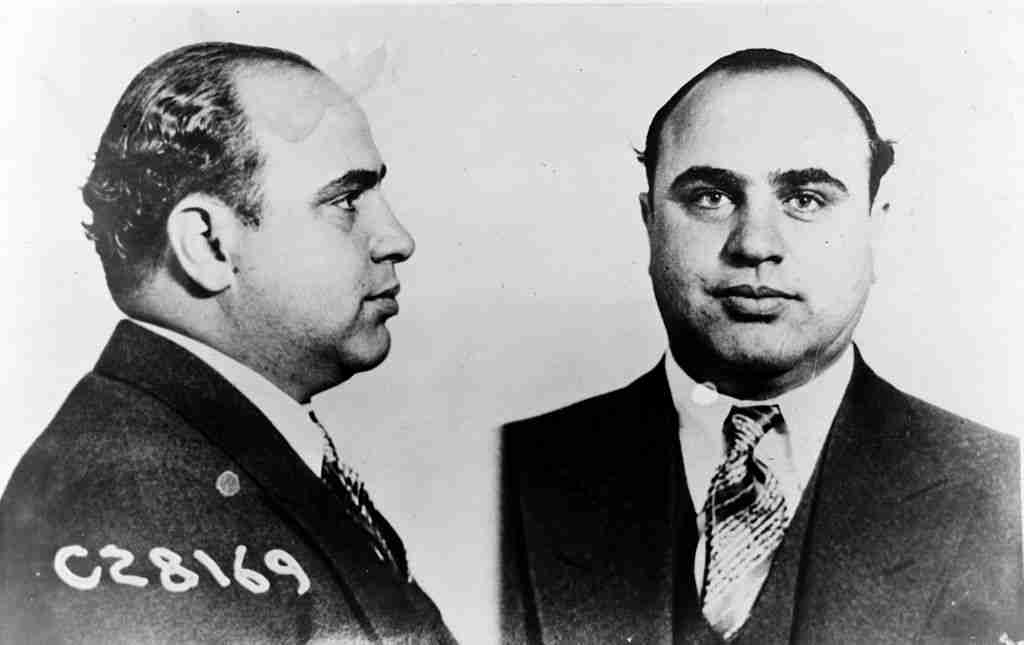Al Capone and the Little Chicago of the Blue Ridge

Al Capone, the infamous American gangster of the 1920s, is widely known for his involvement in Chicago’s organized crime and bootlegging during Prohibition. What’s rarely discussed is that his liquor distribution network spread far beyond his base in Chicago: It went well into the mountains of Tennessee, Virginia, Kentucky, and Georgia. South of Chicago, his criminal activities centered in Johnson City, Tennessee, nicknamed Little Chicago.
The Rise of Johnson City, TN, as Little Chicago
Johnson City’s nickname Little Chicago is often attributed to its Capone connection. That’s a romantic notion but, in my opinion, untrue. Chicago was a transportation hub connecting the East Coast to the West Coast. Likewise, Johnson City was a hub connecting the Northeast and Midwest to the South. Situated between major cities like Chicago, New York, and Atlanta, Johnson City served as a strategic railroad hub. Comparisons between Chicago and Johnson City were being made long before Capone arrived on the scene. The nickname is all about trains, not booze.

Capone and his gang capitalized on the town’s proximity to the Appalachian Mountains. The Mountains provided a convenient hiding place for moonshiners and their operations. The rugged terrain and dense forests allowed them to operate covertly and avoid law enforcement.
Moreover, Johnson City’s population growth during the early 20th century contributed to its transformation into a hub of illegal activities. The influx of immigrants and the subsequent rise in demand for alcohol created the perfect environment for bootlegging to thrive. With an abundance of willing customers and a network of suppliers, Johnson City became a hotspot for the illegal liquor trade.
The Role of Al Capone in Johnson City’s Liquor Distribution
Al Capone’s influence in Johnson City was significant. His control over the supply chain allowed him to infiltrate the town and establish a stronghold in the illegal liquor distribution business. Capone’s involvement in Johnson City wasn’t limited to mere smuggling; he also had a hand in local moonshining operations as well. By forming alliances with local moonshiners, Capone ensured a steady flow of high-quality moonshine to meet the growing demand of his customers. The craggy Appalachian terrain provided the perfect cover for the moonshiners, who used a network of hidden paths, caves, and underground tunnels to manufacture, store, and transport their goods.
Capone’s presence in Johnson City was not without its challenges. Local law enforcement, aware of the illicit activities, attempted to crack down on bootlegging operations. However, the combination of Capone’s resources, influence, and the support of corrupt officials made it difficult for authorities to dismantle the network. Johnson City became a battleground between law enforcement and the organized crime syndicates, with Capone’s empire at the center of it all.

Johnson City’s Efforts to Combat Bootlegging
The efforts of city officials barely dented the liquor flow. So much money was involved that corruption was the norm rather than the exception. Some claim that the combined efforts of the police and community brought down Capone’s empire. Not so. It was a matter of simple economics—supply and demand. When Prohibition was repealed, legal distilleries were back in business, increasing the liquor supply and dropping prices on booze. Eventually, prices became too low to be worth the risk of getting caught pushing the illegal stuff. Capone’s liquor empire fell apart altogether when he was arrested and jailed.
Al Capone’s Legacy
The town’s transformation into Little Chicago and its role in the illegal liquor distribution network highlights the far-reaching influence of one of the most notorious gangsters in American history. Today, Little Chicago is a footnote in the annals of Prohibition. Yet, the legacy of Al Capone and the moonshiners who once roamed its hills still lingers, providing a glimpse into a time when liquor flowed freely through hidden trails and secret speakeasies.


Comments are closed.